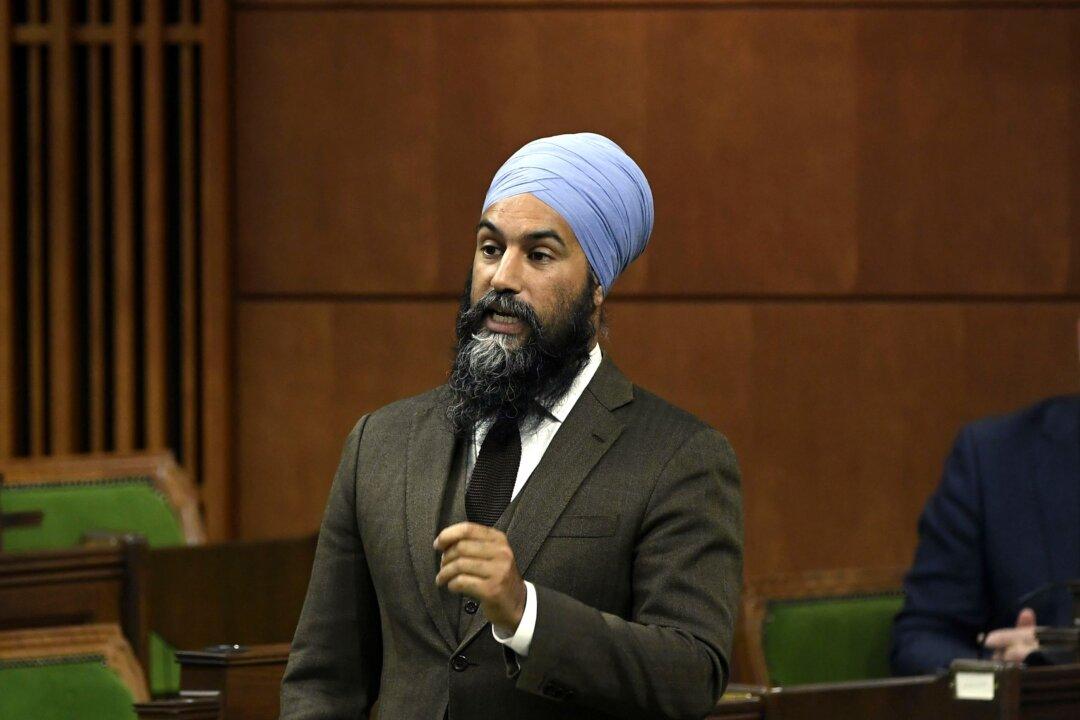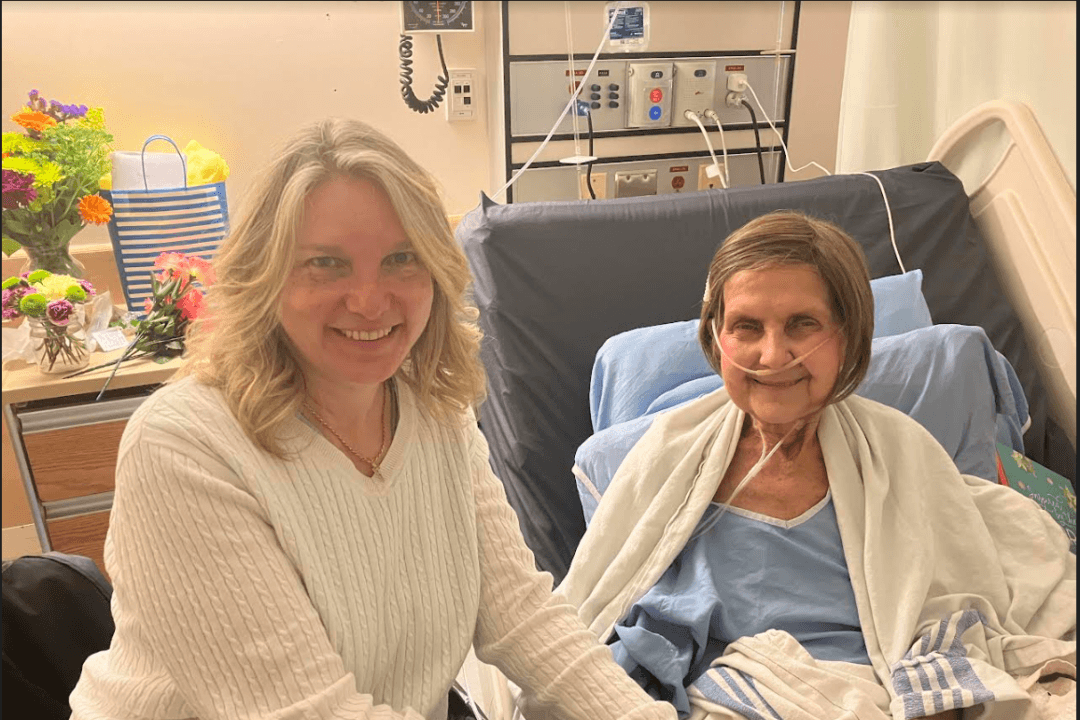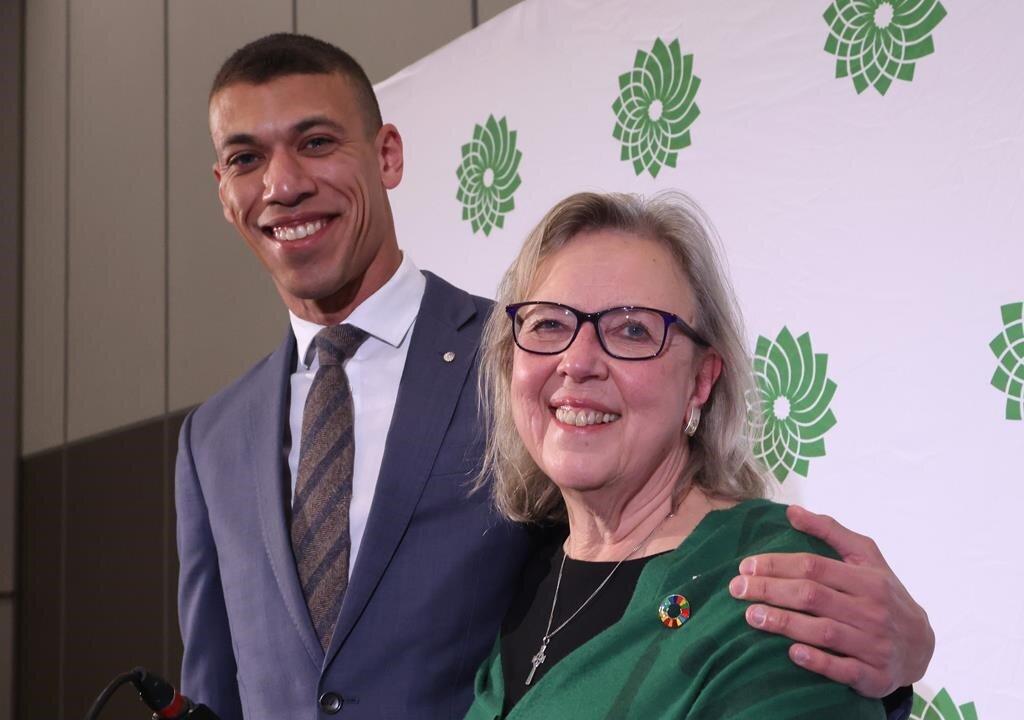The New Democratic Party has no money to fight an election, but it can take the Liberals’ keys to power. NDP Leader Jagmeet Singh wants more social spending and Prime Minister Justin Trudeau may not have the desire or the leverage to refuse. The Bloc has called for Trudeau to step down as prime minister and the Conservatives may be willing to bring down the government now that they have a permanent leader in Erin O'Toole.
Singh has condemned the Liberal plan to reduce the Canada Emergency Response Benefit (CERB) from $2,000 per month to the $1,600-a-month Canada Recovery Benefit (CRB) for those not eligible for the employment insurance program, a move that would affect almost 4.5 million Canadians.





